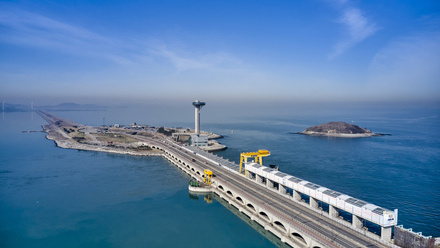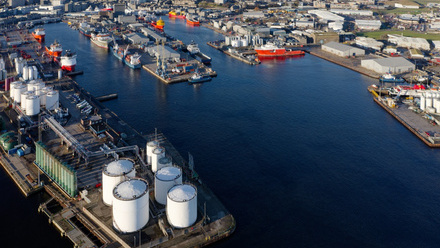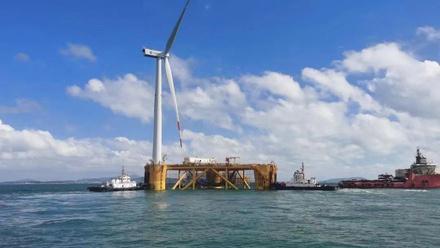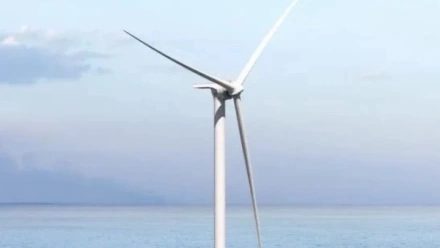UK designs world’s first truly zero-emission electric CSOV
The commissioning service operation vessel (CSOV) will help with offshore wind projects and wider maritime decarbonisation.
The decarbonisation of the electricity grid will only be complete when not only are the electrons flowing through the network from renewable sources, but the supporting supply chain is also powered by clean energy. This is the thinking behind newbuilds now being ordered to support the UK’s offshore wind boom, including Liverpool-based Bibby Marine’s new CSOV.
The UK-flagged vessel, which will be the first UK-designed zero-emission CSOV when it’s delivered in 2026 from the Gondan shipyard in Asturias, Spain, will feature a powerful battery system and dual-fuel methanol engines, with the battery system sized to undertake offshore dynamic positioning (DP) operations.
According to Bibby Marine, the vessel aims to achieve more than 85 nautical miles (NM) on battery power alone during transits. The ship will be able to operate solely on battery power for over 16-hours between charging cycles, allowing workers to operate a full shift between charges.
It will also be able to recharge its batteries at sea, with 11kV AC power flowing through a flexible cable that will directly connect the ship to the turbines for a full recharge in around six hours.
“We are in active discussions with various suppliers developing advanced charging technologies and have established a technical partnership with Stillstrom, a leader in this field,” stated a spokesperson for Bibby Marine. “While no commercial systems are available at present, testing has been completed, and we anticipate that a commercial system installed offshore will coincide with the delivery of our vessel by Q4 2026.”
The commercial structure for the sale and purchase of this power is still under discussion, with talks underway to establish a feasible arrangement. In theory, the power sourced directly from wind turbines should be substantially cheaper than the equivalent in fuel.
Bringing clean shipping costs down
Bibby Marine CEO, Nigel Quinn, said the vessel has the potential to be a ‘game changer’ for the industry. “This project will demonstrate that clean ships can be built at the same total cost of ownership as a conventional fossil burning vessel, coupled with significantly reduced operating costs,” he says.
The reduced operational costs stem from the vessel’s ability to operate on battery power alone, eliminating the need for expensive fuel burn. It is also designed to be highly efficient, with equipment such as the permanent magnet thrusters and DC power system designed for minimal energy losses.
The project included funding from the UK’s Department for Transport’s Zero Emission Vessels and Infrastructure (ZEVI) scheme, part of the wider UK Shipping Office for Reducing Emissions (UK SHORE) programme focused on developing the technology to decarbonise the UK domestic maritime sector.
Alongside the technical and commercial considerations, the operators of these new green vessels of the future need to consider the human factor. Crew will be upskilled to handle the new green vessel safely, while remote diagnostics and monitoring allow for much of the annual testing and servicing to be conducted over the internet from the manufacturer's facilities while digital twin technology and AI will advise on optimum operations.
But there’s still a need for humans to understand the safe handling of new fuel and power systems; additional training will be essential for the safe handling of the methanol fuel, for example, although training for the battery systems is expected to be minimal.
With more offshore wind projects in the pipeline to meet the UK’s net zero targets, expect more clean energy vessels to hit the order books soon.
Tell us what you think about this article by joining the discussion on IMarEST Connect.
Image: a Bibby Marine commissioning service operation vessel; credit: Bibby Marine.






